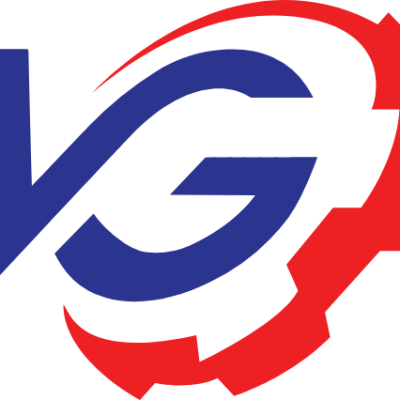Rubber is empowered by the workhorses of the factory floor. It just doesn’t roll. One such hero is the worm reduction gearbox, a silent yet efficient component that ensures rubber machinery runs precisely, reliably, and efficiently. The operation is literally pushed along by these gears, although most people focus on the big machines themselves. But what are the specific roles of these gearboxes in the background? And where are they exercising their strongest influence in the rubber industry? Let’s go figure.
What’s a worm-reduction gear?
A worm-reduction gearbox uses worm wheels and screws as gears interlocked together. This amalgamation provides a very high speed reduction ratio and is compact. Such arrangements require high amounts of torque at very low speeds, thus making them appropriate for heavy-duty industrial applications like rubber processing.
Worm gear reducers are most appreciated in rubber industrial gearboxes since they are capable of:
- Offering quiet and smooth operation
- Supporting heavy loads of stress
- Offering big gear ratios within limited spaces.
Traditional Rubber Machinery Utilising Worm Reduction Gearing
Let’s discuss the rubber machines that gain the most from worm gear reducers:
- Mills for mixing rubber
Mixing mills, among the simplest rubber processing equipment, require gearboxes to handle low-speed, high-torque operations. Worm reduction gearboxes are ideal in this application since they ensure uniform mixing of rubber compounds through the provision of constant, smooth roller rotation.
- Extruders for rubber
Rubber extruders create constant profiles by compressing hot rubber through a die. This requires precise control over torque and speed, which is where the rubber extruder worm gear reducer comes into play. It minimises wear and tear and helps in providing the right pressure and rate of extrusion.
- Calendaring Devices
Calendering machines that produce rubber sheets call for synchronised rollers. The worm reduction gearboxes ensure balanced torque and speed to maintain sheet thickness and uniformity across production batches.
- Batch-Off Devices
Following mixing or extrusion, these machines pile and refrigerate sheets of rubber. Rubber equipment gearboxes—particularly worm reduction types that offer durability under repetitive start-stop movement—regulate the controlled, steady motion in batch-off machines.
- Performers of Rubber
Performers play a critical role in precision rubber moulding since they mould rubber prior to vulcanisation. Due to their compactness, accurate movement, and ruggedness in repetitive cycles, worm gear reducers are often used here.
The Advantages of Worm Gearboxes for Rubber Machinery
Settings where rubber is processed need equipment that is strong and does not need much maintenance. Worm reduction gearboxes are advised due to the following reasons:
- Compact size for space-restricted industrial zones
- Minimum components and low reduction ratios
- Excellent shock absorbing capability during initiation at high torque
- Stable and relatively low cost for around-the-clock service
Conclusion:
Worm reduction gearboxes are the unsung heroes of the rubber production industry, where each mix, mould, and move matters. They quietly power the heavy equipment, like extruders and mixers, ensuring smooth operation day in and day out. Spending on the right rubber machinery gearbox can boost long-term efficiency and conserve downtime, whether you’re constructing a new rubber processing line or replacing old equipment. All smooth rubber items, after all, are driven by a gearbox that is actually strong enough to bear the strain.




